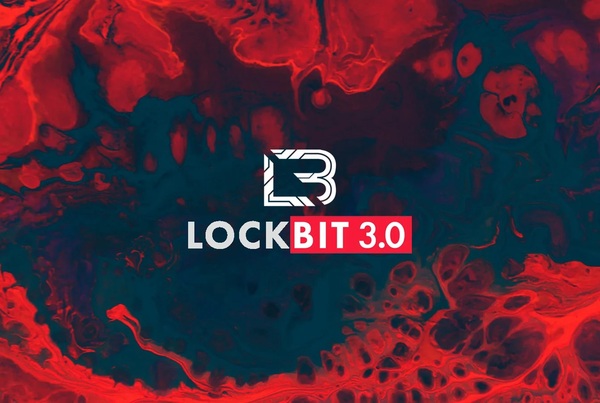New Delhi: On average in January, Indian insurance companies fended off over 1.6 million cyberattacks each day, according to a research published on Monday. In the insurance industry, 114 different websites were hit by 49,844,877 cyber assaults. According to a survey by Indusface, an application security SaaS Firm supported by TCGF II, insurance sector apps face 430,000 attacks on average, which is close to the general average of 450,000 attacks per app across all industries (Tata Capital).
It was also found in the survey that 51% of Indian insurance websites were hit by DDoS requests, which is significantly higher than the global average of 30%. The increase of Bot attacks is another major worry for the Indian insurance industry, alongside DDoS request attacks.
In January alone, over 6 million instances of bot attacks were recorded. “The rise of increasingly sophisticated and surgical bot attacks is a cause for concern in the insurance sector. Unauthorized access to financial data and other sensitive information, as well as the insurance company’s internal systems, is just one of many possible hazards facing Indian insurers “Founder and CEO of Indusface Ashish Tandon remarked. Account takeovers, card cracking, and scraping are the three most common forms of bot assaults launched by hackers.
Bot attacks are commonly used by hackers to commit credit card fraud through breaking and scraping of victim accounts. The increase of vulnerabilities is a major factor driving assaults on Indian insurance businesses, along with the vast volumes of sensitive and valuable information including credit card numbers, financial information, and personal data of clients.
“In order to attract customers who are comfortable with digital technologies, most insurance firms are undergoing digital transformation. Because of this, there are now more applications to hack into “According to the research. Tandon argued that now was the time to implement a comprehensive solution, such as the AppTrana WAAP, which combines VAPT, WAF, API Security, DDoS & Bot Mitigation, and a secure CDN.







